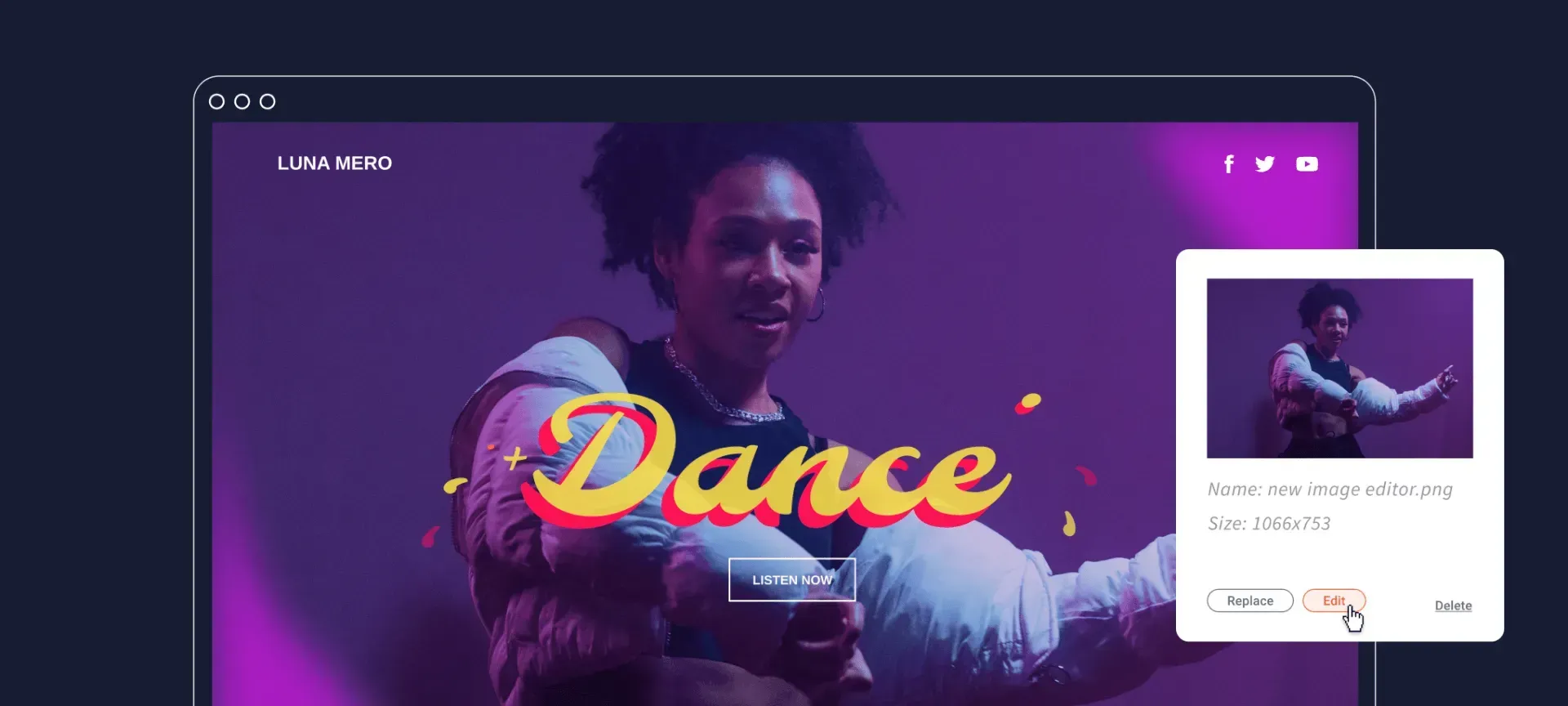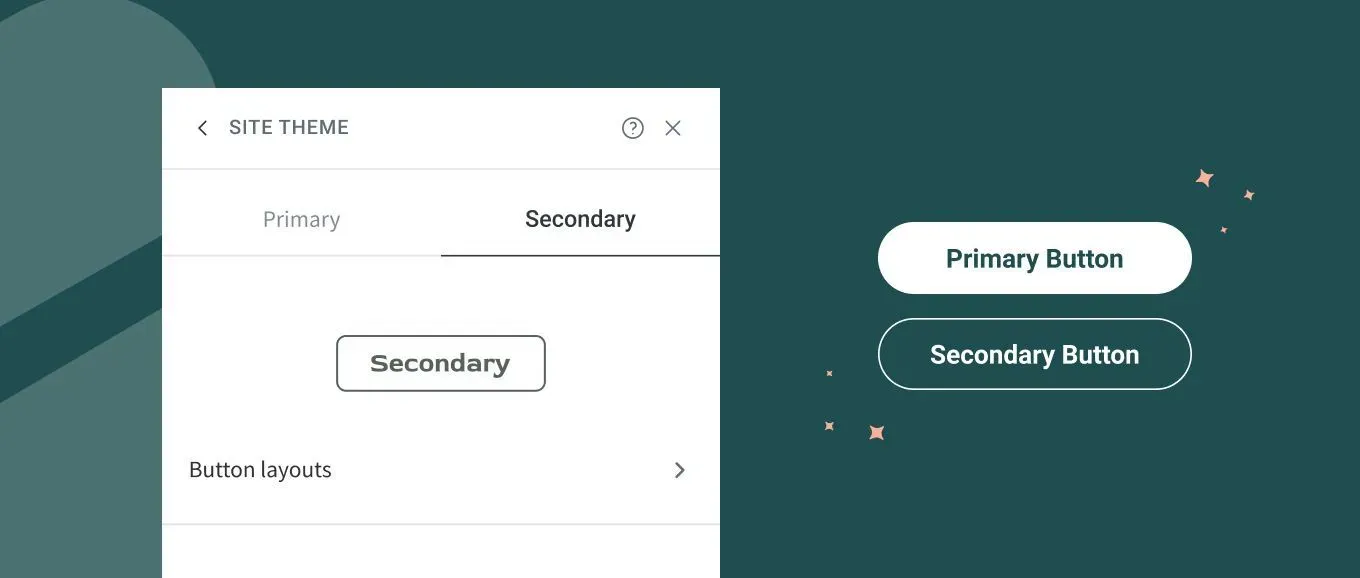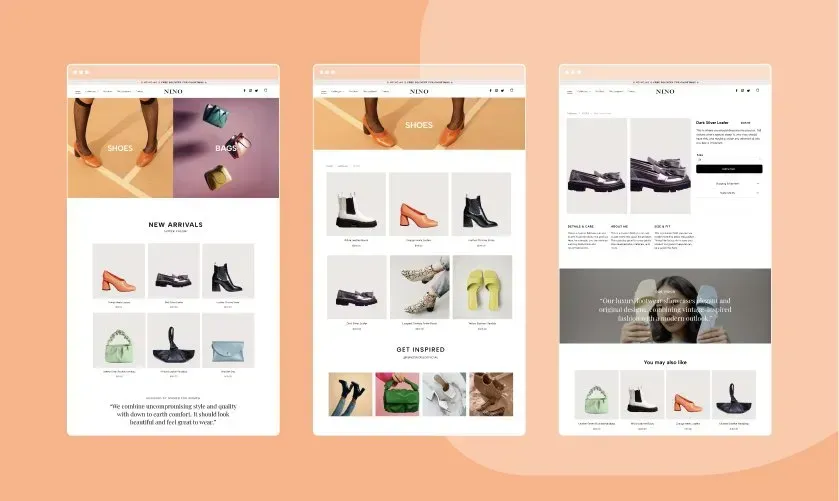If you are relatively new to Google Analytics, you may have noticed the bounce rate metric associated with the pages on your website, and are probably wondering what bounce rate means. Or, if you are already somewhat familiar with website bounce rate, you already know what a high bounce rate means, and you may be looking for ways to decrease your bounce rate and keep visitors on your website for longer.
In this blog we’ll explain bounce rate in more detail, compare bounce rate and exit rate, and offer some ways that you may be able to reduce your bounce rate. Keep reading to learn more.
What is bounce rate?
To put it as simple as possible, the bounce rate is the percentage of website visitors who click the back button or leave your site without visiting any pages other than the one they first came to. NOTE: If a person “bounces” from your website, that doesn’t mean they didn’t read any of your content or look at what was on your page. This is one of the biggest misconceptions about bounce rates that needs addressing straight away. All it means is that the visitor only looked at the one page on your site, and did not go to any others.
If a visitor comes to your website through a Google search and visits at least one more page before clicking the back button in their browser, they will be counted in an exit rate metric instead of the bounce rate (don't worry, we will explain what an exit rate is very shortly).
How does Google Analytics calculate bounce rate?
A website’s bounce rate is calculated by dividing the number of single-page sessions by the number of total sessions on the site. For example, if 100 people land on your website (total sessions) and 5 of them exit without triggering another request (single-page sessions), your website’s bounce rate is 5%.
An individual page’s bounce rate is calculated the same way, but the metrics are page-specific: divide the number of single-page sessions that begin and end on a particular page by the number of total sessions that begin and continue from that same page. Following the example above: if 50 of those users land on your homepage and 2 of them exit without triggering another request, your homepage has a bounce rate of 4%.
Does bounce rate affect search rankings?
Bounce rate doesn’t directly affect organic ranking. However, it indirectly affects other ranking factors that Google cares about such as slow page speed, low-quality design, poor mobile optimisation, etc. So this is where time-on-page and bounce rate meet. Together, these metrics can tell you that you’ve created a good user experience. If your webpage has a low bounce rate and high time-on-page, your webpage is in a good place. A high time on page indicates your content is engaging – and creating an engaging website is a far better use of your time than trying to optimise for bounce rate.
Remember, bounce rate is just a metric – and one Google has repeatedly said does not directly influence Google rankings. Should you track your bounce rate and try to improve it? Yes – because it is one metric you can use to understand whether your content is useful for your audience.
Improving your bounce rate won’t help you rank better on Google. But lowering your bounce rate is usually a good indicator that your content is engaging, valuable, or impressive. Although most of the SEO community has thoroughly dismissed this idea as a myth, it somehow still persists. So next time someone comes to you with 100% certainty that bounce rate is a Google ranking factor, show them this blog.
What is the difference between bounce rate and exit rate?
As explained above, bounce rate is determined by calculating the number of bounces over the total number of page views to a page. A bounce occurs whenever a user enters the page and subsequently exits without visiting another page on the website or interacting with any of the elements on the page.
Exit rate, on the other hand, looks at the number of people who exit your site after landing on a page and compares it to the total number of views the page received.
So exit rate is the percentage of visits that were the last in the session whereas bounce rate is the percentage of visits that were the only one of the session. This means, bounces are only recorded if a user exits directly from the page they entered while exit rates are recorded regardless of a user’s prior activity on your website. Therefore, this means all bounces are exits but not all exits are bounces.
What does a high bounce rate mean & is it bad?
When a page has (or several pages have) a high bounce rate, it simply means that visitors are leaving without visiting other pages of the site. Typically, if a page has a high bounce rate, it means that those visiting it aren’t being engaged by the website - either because they found what they were looking for and their search is done (which isn’t necessarily a bad thing), or because they didn’t find what they wanted and are going to try another website instead.
Ultimately, you want your bounce rates to be lower rather than higher, because the longer you can keep a user on your website, the more likely they are to convert and become a customer. That’s why you should be aware of what your bounce rates are, and focus your efforts on improving them rather than hoping they’ll eventually get better on their own. Action truly pays off here!
What is a good bounce rate for a website?
The average bounce rate is between 26% and 70%, with the optimal range being between 26% and 40%. To land anywhere under 20% is generally unlikely, so if that’s what your data is showing then you may want to double-check some things. Things like duplicate code, incorrectly implemented tracking, and third-party add-ons can all result in an inaccurately reported bounce rate. So do some investigating if you're receiving bounce rates lower than 20%.
It is also important to know that the average bounce rate can also change depending on the device. Mobile devices, for instance, have the highest bounce rate at around 51%. Whereas the average bounce rate on a desktop is 43% and the average for tablets is 45%. So, take into account where the traffic is coming from as you’re judging your website’s bounce rate.
How can I lower my bounce rate?
Now you know what a bounce rate is. But what can you actually do about it? In general, high bounce rates indicate that the page is irrelevant or confusing to site visitors. But don't jump into drastic actions like deleting a page or undertaking a redesign right away. There are some important steps you need to take first to figure out what action to take.
Remember: Bounce rates only tell you that someone landed on a web page and left it without visiting any other page on your website. It doesn't tell you how someone interacted with your page. That's why it's important to take "practical steps" to examine other metrics to see what might be the reasoning behind the bounce rates. We've outlined these steps below.
1. Ensure your website is mobile-friendly
Mobile users account for about
half of web traffic globally, making it crucial to provide an engaging mobile-ready experience. How annoying is it when you visit a website on your phone, only to have to zoom in to read its content? Having a responsive site is no longer enough — engagement with the mobile version has to be user-friendly and interactive. Video is one particularly engaging type of content you can look into adding to your website. It can explain complex topics more concisely than text - which might be why, according to HubSpot, 4 times as many customers would rather watch a video about a product than read about it. But when it comes to mobile usage, long videos require a significant amount of data and might therefore slow the user experience — causing the visitor to bounce. This kind of improvement, however, isn't limited to just video content. Take a holistic approach to evaluating your mobile experience, and consider how you'll address contingencies like these.
2. Avoid other disruptions that might hurt the user experience
The key thing to consider is the visitor. You want users to be drawn into your page and stay for as long as needed to convert, while some pop-ups are good — like well-crafted inbound messages that add context to a site — avoid any that significantly disrupt the user experience in a way that might cause visitors to leave, especially full screen ones.
3. Determine which keywords the page ranks for — and if your content sufficiently covers the right topics
Matching keyword intent to your content is important to ensure organic visitors get the content they expect. So look into the words you're ranking for and see what action you need to take - when you evaluate the keywords for which your page is ranking, make sure they're aligned with the actual content found on the page/ on your website. Once you've done that, try looking at a topic-cluster framework — the kind that groups your website's pages into clusters according to subject — to help attract traffic to the right pages.



